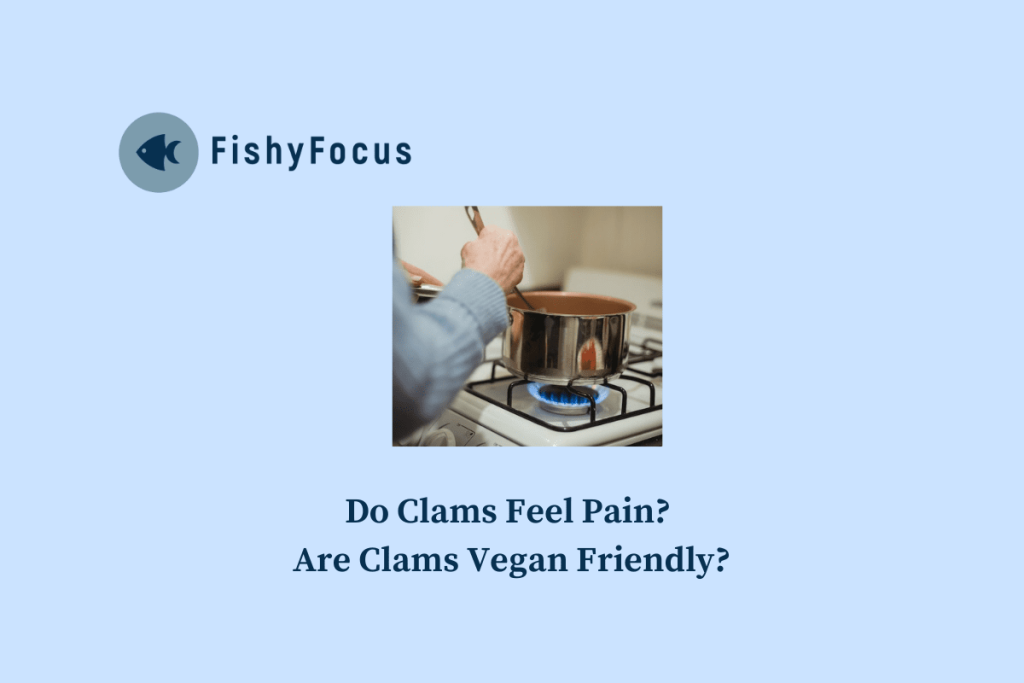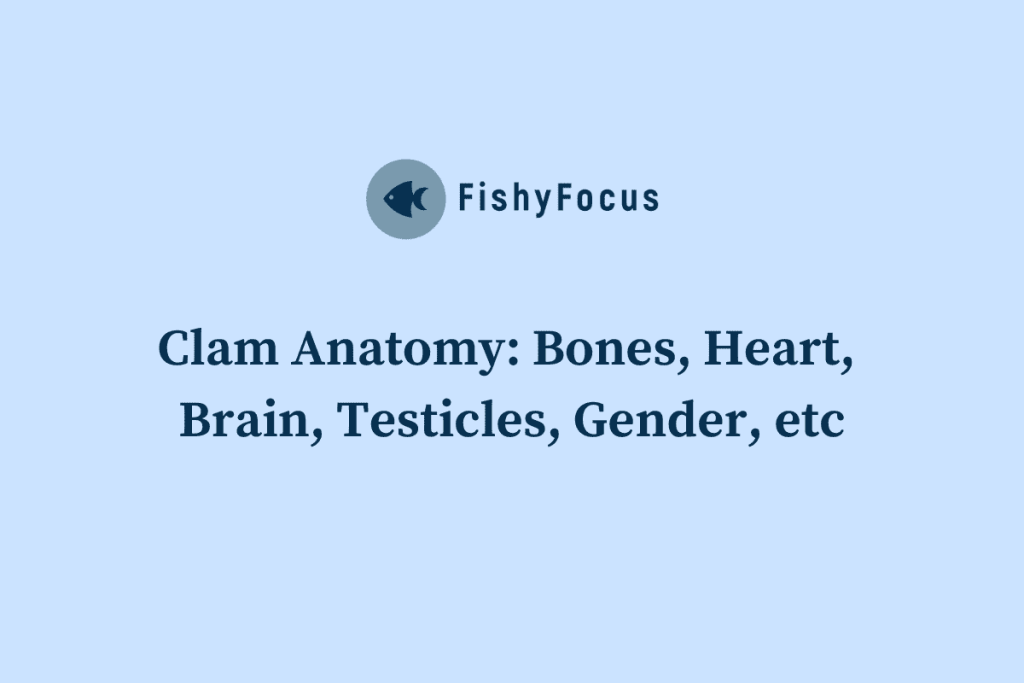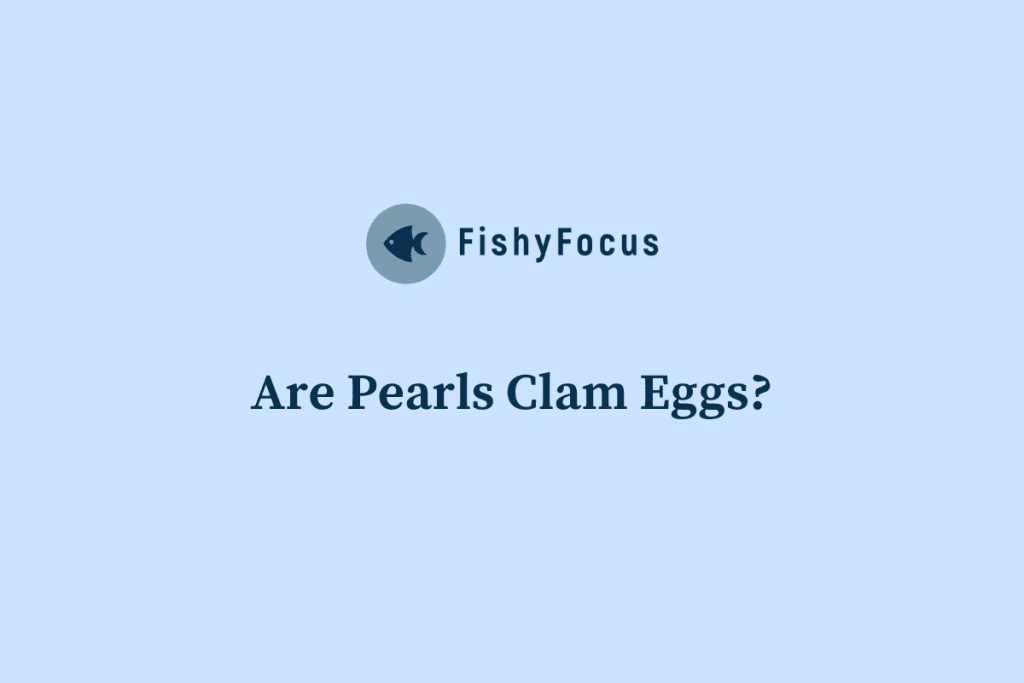Keeping clams and goldfish together in the same tank can be a beautiful and rewarding experience. The combination of these two aquatic creatures can create a stunning underwater landscape that is both visually appealing and beneficial for the overall health of the tank. However, it is important to understand the compatibility between clams and goldfish before attempting to keep them together.
Key Takeaways
- Keeping clams and goldfish together can be a rewarding experience for aquarium enthusiasts.
- Compatibility between clams and goldfish depends on various factors such as size, temperament, and water conditions.
- Before introducing clams to your goldfish tank, consider factors such as water parameters, tank size, and filtration.
- Choose the right type of clams for your goldfish tank, such as hardy species that can withstand goldfish nibbling.
- Prepare your tank for coexistence by providing adequate hiding places, proper lighting, and appropriate substrate.
Understanding the Compatibility of Clams and Goldfish
Clams and goldfish can coexist in the same tank because they have similar water requirements and can benefit from each other’s presence. Clams are filter feeders, meaning they extract nutrients from the water by filtering out microscopic particles. Goldfish, on the other hand, produce waste that contains nutrients that can be beneficial for clams. This symbiotic relationship helps to maintain a healthy balance in the tank.
Factors that affect compatibility include tank size, water parameters, goldfish temperament, and clam species. It is important to ensure that the tank is large enough to accommodate both clams and goldfish comfortably. The water parameters, such as temperature, pH level, and ammonia levels, should be suitable for both species. Additionally, the temperament of goldfish should be considered as some goldfish may be more aggressive towards clams.
Factors to Consider Before Keeping Clams with Goldfish
1. Tank size and shape: Clams require a stable environment with plenty of space to grow and thrive. A larger tank with a wide surface area is ideal for both clams and goldfish.
2. Water parameters: Clams prefer clean water with stable temperature, pH level, and ammonia levels. Goldfish also thrive in similar water conditions. It is important to regularly test and monitor these parameters to ensure they are within the appropriate range for both species.
3. Goldfish temperament: Some goldfish species are more aggressive than others and may pose a threat to clams. It is important to choose goldfish species that are known to be peaceful and compatible with clams.
4. Clam species: There are different species of clams, and not all of them are suitable for coexistence with goldfish. Some clam species may require specific water conditions or may not be compatible with goldfish due to their size or growth rate.
Choosing the Right Type of Clams for Your Goldfish Tank
When choosing clams for your goldfish tank, it is important to consider their compatibility with goldfish, size, and growth rate. Some common clam species that are suitable for coexistence with goldfish include the Asian clam (Corbicula fluminea) and the freshwater clam (Anodonta sp.). These clams are known to be hardy and can tolerate a wide range of water conditions.
It is also important to consider the size and growth rate of the clams. Clams can grow quite large over time, so it is important to choose a species that will not outgrow the tank or become a threat to the goldfish. Additionally, some clam species may reproduce rapidly, which can lead to overcrowding in the tank if not properly managed.
Preparing Your Tank for Clams and Goldfish Coexistence
To ensure a successful coexistence between clams and goldfish, it is important to properly set up and decorate the tank, provide adequate water filtration and circulation, and maintain appropriate lighting and temperature.
1. Tank setup and decoration: Provide plenty of hiding places and substrate for the clams to anchor themselves. Avoid sharp or abrasive decorations that could damage the delicate shells of the clams.
2. Water filtration and circulation: Clams require clean water with good filtration and circulation to thrive. Use a high-quality filter that can handle the waste produced by both clams and goldfish. Additionally, consider adding a powerhead or air stone to provide adequate water circulation.
3. Lighting and temperature: Clams and goldfish have different lighting and temperature requirements. Goldfish prefer cooler water temperatures, while clams thrive in warmer water. It is important to find a balance that suits both species. Additionally, provide appropriate lighting for the clams to ensure they receive the necessary amount of light for photosynthesis.
Feeding and Nutrition for Clams and Goldfish
Clams and goldfish have different dietary requirements, but they can still benefit from each other’s presence in the tank.
1. Dietary requirements of clams: Clams are filter feeders and extract nutrients from the water by filtering out microscopic particles. They do not require regular feeding, as they obtain their nutrients from the surrounding water.
2. Dietary requirements of goldfish: Goldfish are omnivorous and require a varied diet that includes both plant matter and protein. They can be fed a combination of commercial goldfish pellets, flakes, and fresh or frozen foods such as brine shrimp or bloodworms.
3. Supplemental feeding options: While clams do not require regular feeding, you can supplement their diet by adding powdered or liquid phytoplankton to the tank. This will provide additional nutrients for the clams to thrive.
Maintaining Water Quality for Clams and Goldfish
Maintaining water quality is crucial for the health and well-being of both clams and goldfish.
1. Importance of water quality: Clean water with stable parameters is essential for the survival of clams and goldfish. Poor water quality can lead to stress, disease, and even death in both species.
2. Water testing and monitoring: Regularly test the water parameters such as temperature, pH level, ammonia levels, nitrite levels, and nitrate levels to ensure they are within the appropriate range for both clams and goldfish. Monitor any changes in these parameters and take appropriate action if necessary.
3. Water change frequency and amount: Regular water changes are necessary to remove accumulated waste and maintain optimal water quality. The frequency and amount of water changes will depend on the size of the tank, the number of clams and goldfish, and the filtration system in place. Generally, a 20-30% water change every 1-2 weeks is recommended.
Common Problems and Solutions When Keeping Clams with Goldfish
While keeping clams and goldfish together can be a rewarding experience, there are some common problems that may arise.
1. Algae growth: Excessive algae growth can be a common problem in tanks with clams and goldfish. This can be caused by high nutrient levels in the water or excessive lighting. To combat algae growth, ensure proper filtration, reduce feeding amounts, and adjust lighting duration.
2. Aggressive goldfish behavior: Some goldfish species may exhibit aggressive behavior towards clams, such as nipping at their shells or trying to uproot them. If this occurs, it may be necessary to separate the goldfish from the clams or choose more peaceful goldfish species.
3. Clam mortality: Clams can be sensitive to changes in water parameters or poor water quality. If you notice any signs of stress or decline in the health of the clams, it is important to take immediate action to address the issue. This may involve adjusting water parameters, improving filtration, or providing supplemental feeding.
4. Water quality issues: Poor water quality can lead to a variety of problems for both clams and goldfish, including stress, disease, and death. It is important to regularly test and monitor water parameters, perform regular water changes, and maintain a proper filtration system to ensure optimal water quality.
Monitoring the Health of Clams and Goldfish in Your Tank
Regular observation and monitoring of the clams and goldfish in your tank is essential for their overall health and well-being.
1. Signs of healthy clams and goldfish: Healthy clams should have intact shells, be firmly anchored to the substrate, and exhibit regular filter feeding behavior. Healthy goldfish should have bright colors, clear eyes, and active swimming behavior.
2. Common health issues and treatments: Clams may experience shell damage, infections, or stress-related issues. Goldfish may be prone to diseases such as fin rot, swim bladder disorder, or parasites. It is important to promptly address any health issues by providing appropriate treatment or consulting with a veterinarian if necessary.
3. Importance of regular observation: Regularly observe the behavior and appearance of both clams and goldfish to detect any signs of stress or illness early on. This will allow for prompt intervention and treatment, increasing the chances of a successful recovery.
Enjoying the Benefits of Clams and Goldfish Coexistence
In conclusion, keeping clams and goldfish together can be a rewarding experience that adds beauty and diversity to your tank. By understanding the compatibility between these two species and taking the necessary precautions, you can create a harmonious environment where both clams and goldfish can thrive. Enjoy the benefits of this coexistence by observing the fascinating interactions between these aquatic creatures and creating a stunning underwater landscape in your own tank.
FAQs
What are clams?
Clams are bivalve mollusks that live in saltwater or freshwater environments. They have two shells that protect their soft body and are filter feeders.
What are goldfish?
Goldfish are freshwater fish that are commonly kept as pets. They come in a variety of colors and can grow up to 12 inches in length.
Can clams live with goldfish?
It is not recommended to keep clams with goldfish as they have different environmental requirements. Clams need a stable environment with consistent water parameters, while goldfish produce a lot of waste and can create fluctuations in water quality.
What happens if clams are kept with goldfish?
If clams are kept with goldfish, they may not survive due to the changes in water quality and the potential for the goldfish to disturb them. Goldfish may also try to eat the clams, as they are natural predators of small invertebrates.
What should I do if I want to keep both clams and goldfish?
If you want to keep both clams and goldfish, it is best to set up separate tanks for each species. This will allow you to provide the appropriate environment for each and ensure their individual needs are met.



